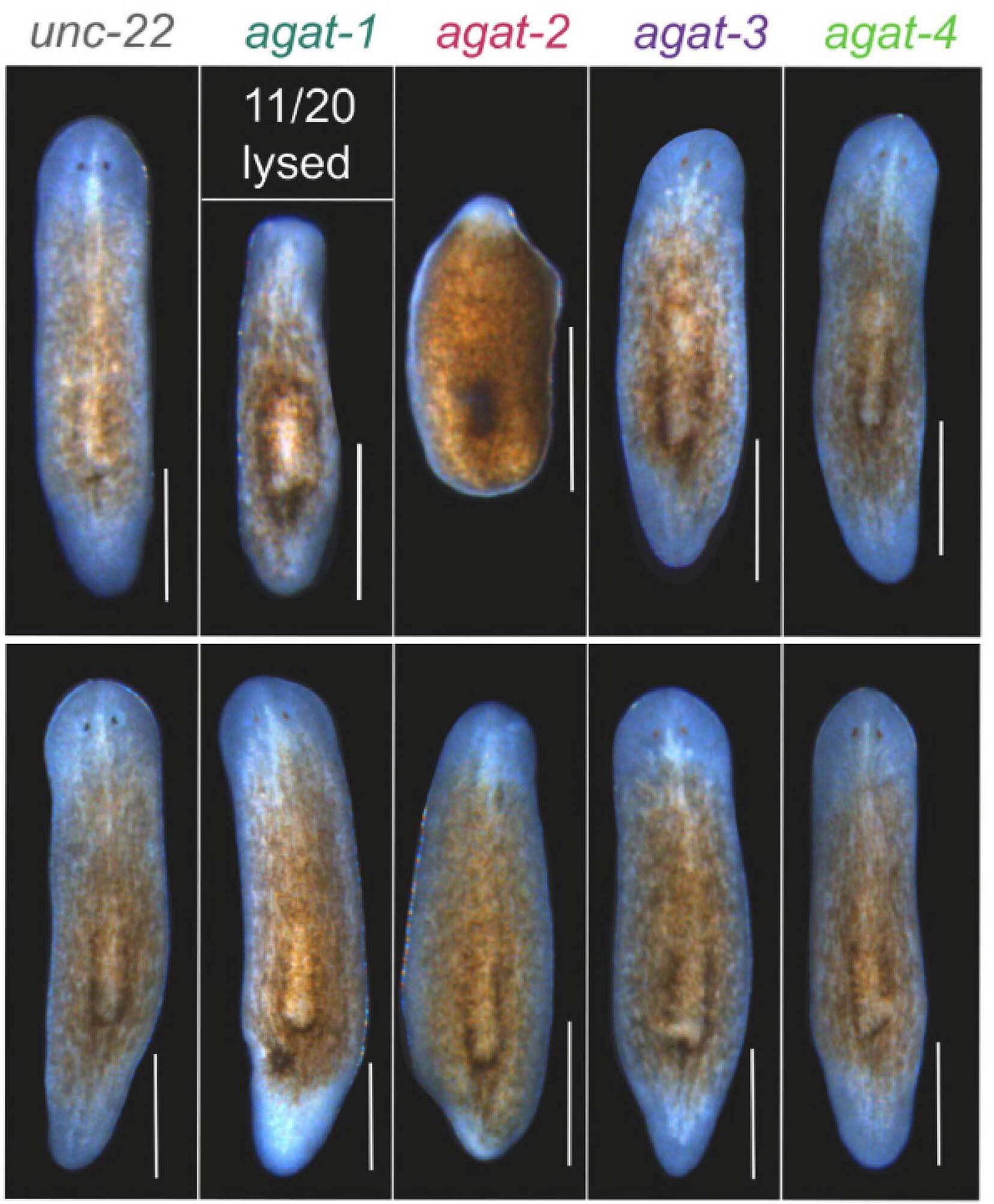Stowers investigators’ study reveals key piece of RNA-splicing machinery
KANSAS CITY, MO—A little-studied factor known as the Little Elongation Complex (LEC) plays a critical and previously unknown role in the transcription of small nuclear RNAs (snRNA), according to a new study led by scientists at the Stowers Institute for Medical Research and published in the Aug. 22, 2013, issue of the journal Molecular Cell.
“We have found that LEC not only has a role in this process—it is like the “Swiss Army knife” of snRNA transcription,” says Stowers Investigator Ali Shilatifard, senior author of the study. “LEC does it all.” The findings shed new light on the mystery of snRNA transcription, which is vitally important to gene expression and regulation but has been poorly understood until now.
“As biologists we are very much interested in defining the molecular machineries involved in life, and snRNA are very important in life,” Shilatifard says. “DNA is a suitcase with all this information in it, and you need specific machinery to identify the right information to perform the exact process that’s needed. Now we understand another piece of that machinery.”
Understanding LEC and the machinery of snRNA transcription may also have implications for the treatment of disease. It could, for example, open the door to novel approaches for treating diseases that are associated with defective snRNA function and splicing, such as spinal muscular atrophy and Prader-Willi syndrome, or attacking cancer cells, whose proteins may also undergo splicing. But first, more mysteries must be solved, Shilatifard says.
Shilatifard and his colleagues have spent decades studying the factors that facilitate transcription, the process by which information encoded in DNA is converted into various forms of RNA, including messenger RNA, which carries protein-making instructions, and snRNAs, which partner with proteins to form small nuclear ribonucleoproteins (snRNPs). In particular, they have focused their work on a family of factors called ELL (for “Eleven-nineteen lysine-rich leukemia gene”), which speed up the rate at which genes are expressed to help the transcription process along. In a recent study in fruit flies, Edwin Smith, Ph.D., a research scientist in Shilatifard's lab, identified the Little Elongation Complex as a complex that contains ELL. But the researchers were unable to pinpoint the exact molecular properties of LEC and its subunits.
So Smith teamed up with fellow Stowers researcher Deqing Hu, Ph.D., who led the current study, as well as Shilatifard and a number of other collaborators at Stowers, the Saint Louis University School of Medicine in Missouri, and the University of Kansas Medical Center in Kansas City to follow LEC’s footsteps in hopes of solving the mystery.
First using fruit fly (Drosophila) cells, the team sequenced the entire genome to track where LEC went, and were able to show it sought out places in the genome that encode snRNAs. SnRNAs are small RNA molecules that are involved in splicing, a molecular process that edits RNAs to ensure the right sequences of genetic information make it into the final RNA “products” of transcription.
Then the team began to tweak the LEC, removing certain components of the complex to see if they could determine each component’s function. They found that, without one of the LEC components, the LEC fell apart and the snRNA transcription machinery didn’t work.
“It’s like a car factory—if you remove the person who makes the steering wheels, the car comes out without a steering wheel,” Shilatifard explains. “And then we knew which subunit of LEC was doing this job, and that it’s required from the beginning to the end of transcription.”
The team confirmed that LEC occupies the same central –and unusual—“Swiss Army knife” role in human cells and is required for initiation and elongation phases of snRNA transcription. “It’s very unique to have one factor do it all,” Shilatifard says.
“There could be many practical applications, but we need to learn much more about LEC first,” he adds. “How does it get there, how does it do its job—those are all questions for future studies.”
Researchers who also contributed to the study include Alexander S. Garruss, Nima Mohaghegh, Joseph M. Varberg, Chengqi Lin, Xin Gao, Anita Saraf and Laurence Florens of the Stowers Institute for Medical Research; Michael P. Washburn of Stowers and the Department of Pathology and Laboratory Medicine at the University of Kansas Medical Center; and Jessica Jackson and Joel C. Eissenberg of the Edward A. Doisy Department of Biochemistry and Molecular Biology at the Saint Louis University School of Medicine.
The work was funded in part by the Stowers Institute for Medical Research and the National Cancer Institute.
About the Stowers Institute for Medical Research
The Stowers Institute for Medical Research is a non-profit, basic biomedical research organization dedicated to improving human health by studying the fundamental processes of life. Jim Stowers, founder of American Century Investments, and his wife Virginia opened the Institute in 2000. Since then, the Institute has spent over 800 million dollars in pursuit of its mission.
Currently the Institute is home to over 500 researchers and support personnel; over 20 independent research programs; and more than a dozen technology development and core facilities. Learn more about the Institute at www.stowers.org.



